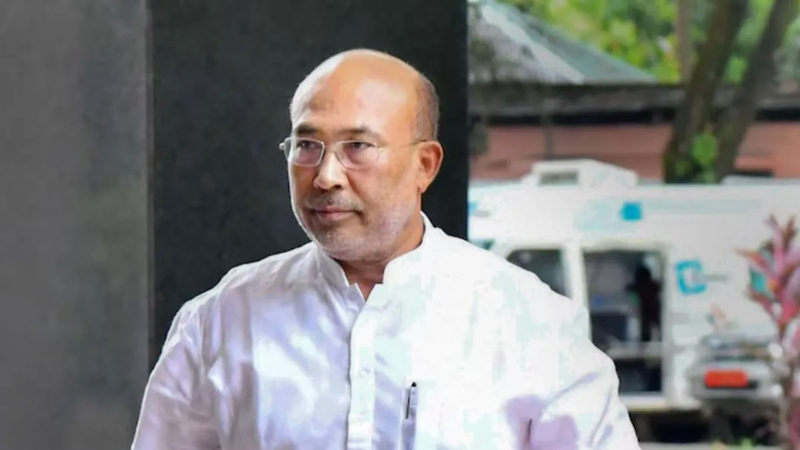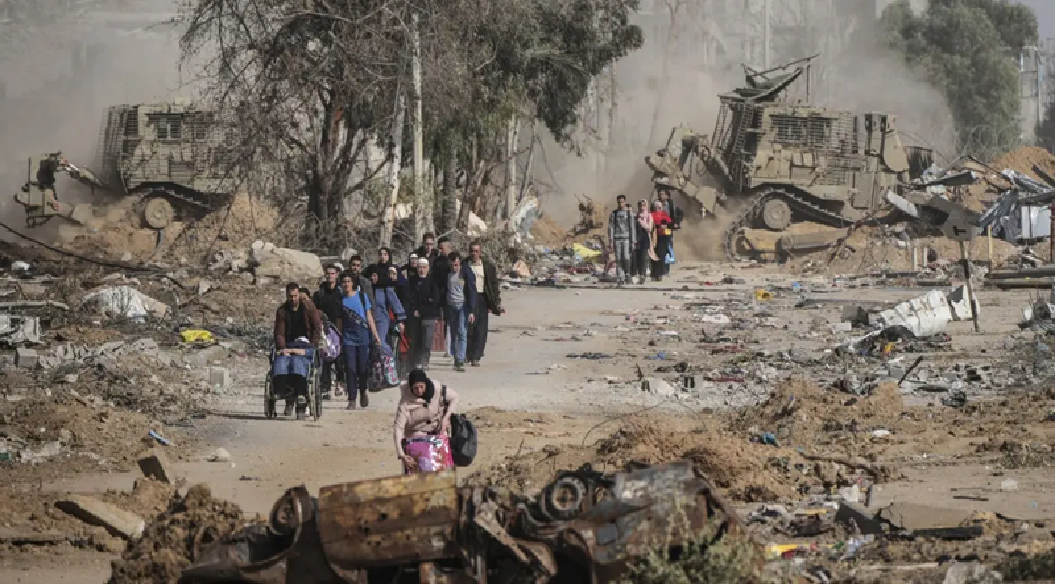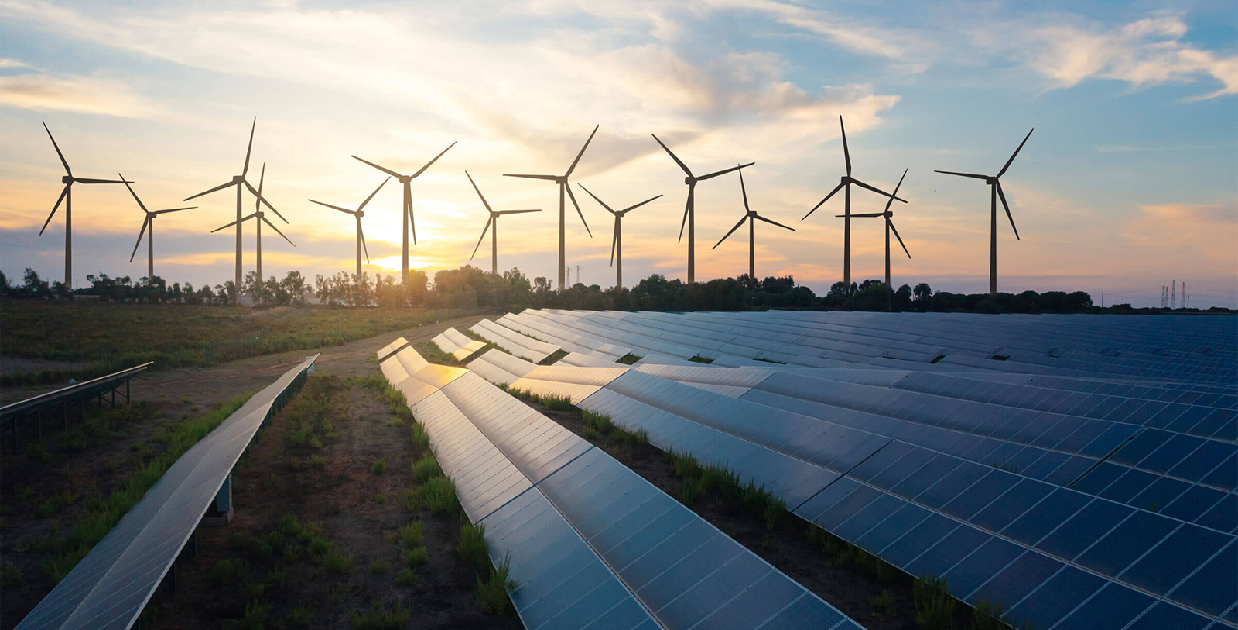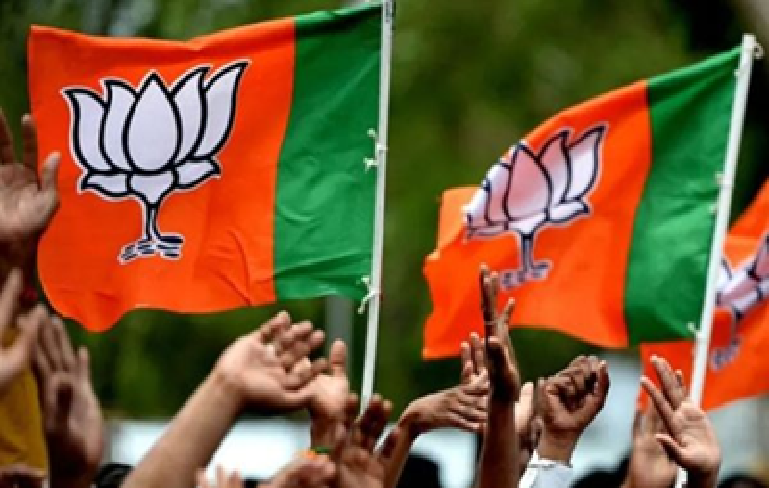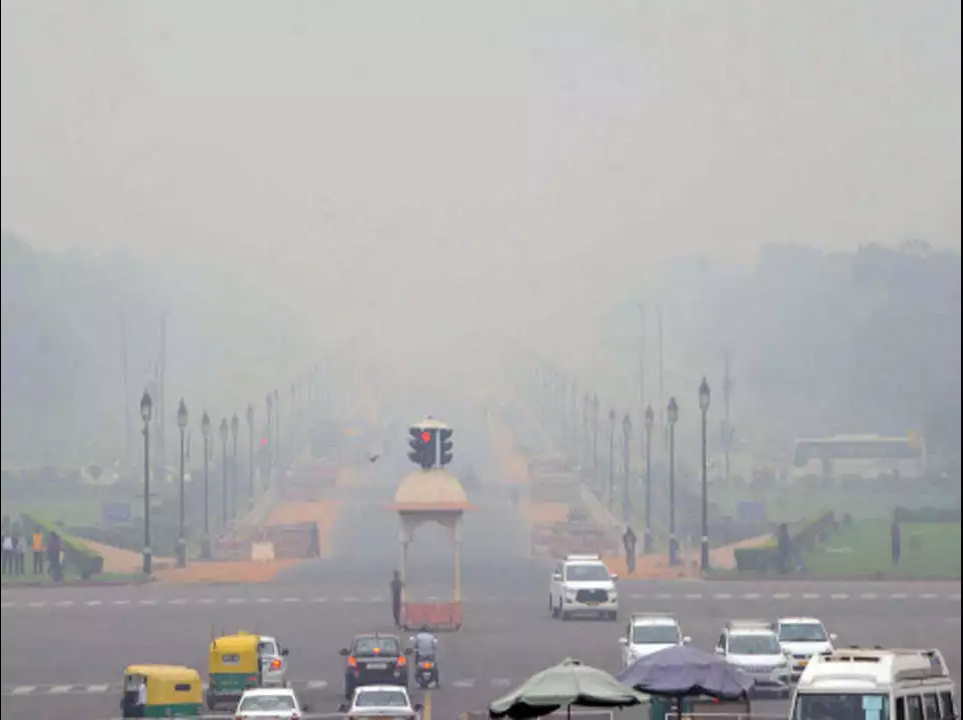
Delhi’s winter of discontent
Blanket of haze has returned to NCR-Delhi like the annual ritual. The thick layer of smog that has lodged itself over the capital’s sky is hindering flow of fresh air as well as the sunlight. Citizens are facing grave threat to health due to inhalation of toxic air. An hour of exposure to the contaminated air is stated to cause inflammation of lungs thereby reducing its functionality. Patients already afflicted with Asthma run the risk of increased strain on the heart and blood vessels. No wonder if hospitals could be reporting higher incidence of pulmonary ailments in due course. Beside negative impact on health, the shroud of pollutants has already triggered challenges for a city that serves as the capital of the nation. Flights have been delayed en masse while several of them have been diverted.
Schools upto 5th grade have been shut while the classes above them have been ordered online. Several offices have asked staff to work from home. Construction activity has been halted. Diesel-operated generators have been banned. Entry of diesel operated buses from surrounding states has been restricted. Low visibility is slowing down traffic and there are reports of gridlocks on highways. The air quality index that read 493 last week is threatening to bust chart. Those who can buy are installing air purifiers. But the larger question is how many can afford them. Advisories are being issued by foreign missions to avoid travel to Delhi. Cancellation of visits by important guests—winter is often considered the best season—would all likely be an embarrassment. Firecrackers burst during Diwali might have triggered the onset of the smog. But vehicular pollution pushed it from harmful to severe. A study by the Centre for Science and Environment has revealed that during the period from October 12 and November 3, 2024, vehicular emissions were the largest contributor to the capital’s pollution, accounting for 51.5 per cent of the pollutants pushed in the air.
Neighbouring districts added almost 35 per cent, farm fires contributed 8.19 per cent and dust particles made up 3.7 per cent of the total pollutants in the city. There has been a blame game between state governments over stubble burning in neighbouring Punjab and Haryana. The Supreme Court has castigated the governments concerned for allowing stubble burning and described it as “absolute defiance” of the Commission for Air Quality Management’s guidelines. Haryana’s chief secretary was summoned to appear on October 23. Given the statistics, farm fires are still a minor contributor to the air quality. Vehicular exhausts contribute well over 51 per cent of the noxious fumes. Yet there seems to be no will and warning to restrict use of private vehicles which choke the streets as well as fill the air with toxic gases. The laissez faire attitude towards manufacture, license for purchase and use of cars and commensurate lack of encouragement of public transport is the major villain on the policy front.
The government must learn from governments in European cities which have severely restricted the use of private cars by individuals in core areas of cities, enhanced the parking fee inside metropolitan areas and made the ownership of private vehicles tougher. The government should come down heavily against burning of waste, tyres and dry leaves which too are a major cause for pollution. Use of solar power by individual home-owners and institutions should be incentivised now that solar panels cost much less than earlier. Landfills and dumpsite too should be managed efficiently to reduce emission of methane. All these would obviously need a shift from short-term mitigating measures to long-term initiatives.
 English daily published in Bengaluru & Doha
English daily published in Bengaluru & Doha

